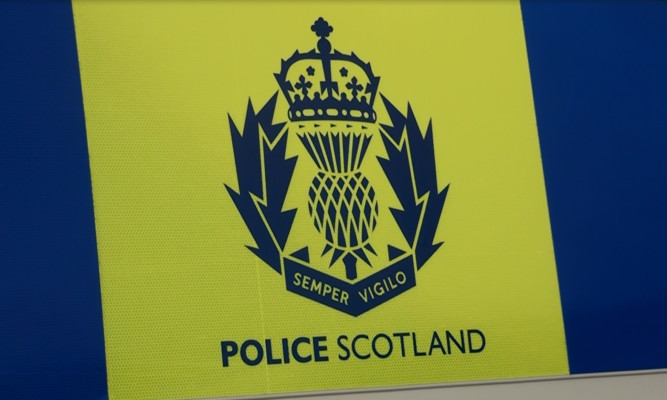Rushing through a single Scottish police force has badly hit the morale of Fife officers, it has been claimed.
According to the first report of its kind by HM Inspectorate of Constabulary in Scotland Derek Penman, the “swift pace” of the transition has had a serious impact on staff.
Gavin Yates, who chaired Fife Council’s police transition committee throughout the period of turbulent upheaval for the force, said: “I said at the time that the transition was being done far too hastily by the Scottish Government and inevitably that was going to cause problems. If they had taken a more slow approach we may not have had to deal with the huge controversies which have dogged Police Scotland, such as the routine arming of officers and Stop and Search.”
He praised the Fife team led by Chief Superintendent Garry McEwan who, he said, were all committed to their role.
“It was the process which was flawed,” Mr Yates added.
The report said the pace of the transition had not detracted from the delivery of police services but the speed and nature of change had affected the morale of both officers and staff.
“More needs to be done to improve internal communication and engagement processes,” it revealed.
The study, which will be used to assess the effectiveness and efficiency of all 14 divisions, also showed effective local policing is still being delivered to Fife’s communities.
Mr Penman said Fife was led by an experienced team which is committed to delivering a quality service.
There was also a strong tradition of partnership working in Fife, built on solid relationships, which had not been lost during the transition.
Fife had benefited from accessing specialist resources and had areas of good practice which can be shared across Scotland.
The report also revealed community and response teams were working below set staffing levels. Despite this, they were meeting response times for incidents.
Mr Penman said the division faces some challenges as he laid out eight recommendations for both Police Scotland and the Fife team.
Deputy Chief Constable for Local Policing in Scotland Rose Fitzpatrick welcomed the report, hailing it as a positive reflection of the significant work done by the local policing team, supported by regional resources, to engage with Fife’s communities and address their needs.
Mr McEwan said the report, coming so soon after the transition, had provided an excellent opportunity for external scrutiny of its developing procedures and searching independent insight into whether or not the force was addressing community concerns and meeting local needs.
“As divisional commander for Fife, my goal has been to deliver effective and efficient policing services through a process of continuous improvement,” he said.
“During the past year we have sought to meet the challenges associated with local policing in Fife.”
He added: “It is important for any organisation to learn from what it does well but also to identify areas where improvements can be made and to do something about it.”
